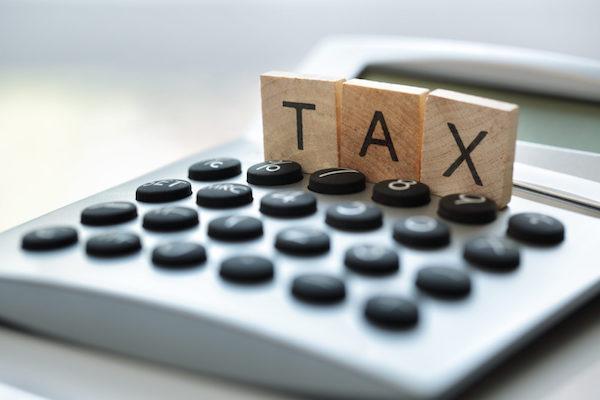Many Canadians dread receiving bonus payments due to the widespread belief that they are taxed at a much higher rate than regular pay, with some even claiming rates as high as 40 to 50%. This is perhaps the biggest myth surrounding bonus payments in Canada.
Taxes can be complicated, especially for the average person who may not understand how they are calculated and may not be interested in finding out. The fact that our pay is significantly reduced by taxes after working hard can be frustrating. If, after being rewarded for hard work, the reward comes at “half” the price, it can feel unfair. Nonetheless, understanding the basics of taxes is key to unlocking wealth in a progressive economy like Canada. To explain the concept of taxing bonus payments, we need to understand the concepts of average tax rates and marginal tax rates.
The average tax rate of an income is calculated by dividing the total income by the total tax paid. For example, if an individual earns $100,000 per year and pays $10,000 in taxes, the average tax rate is 10%. The marginal tax rate, on the other hand, is the rate of tax paid on the next dollar of income earned, meaning the tax rate on each additional dollar may not be the same.
Canada uses a progressive tax system, meaning tax rates increase as income rises. This system applies at both the federal and provincial levels.
Breaking It Down
For example, the federal tax rate on a CAD 100,000 income would be 15% on the first $55,867 and 20.5% on the remaining $44,133. The result is an approximate tax rate of 17%. Comparing this figure with the earlier rate of 10%, one can see a 7% increase. This is also how bonuses are taxed. But there’s a twist.
In a fixed-hour, fixed-pay situation, the income due to an employee by an employer is usually known and agreed upon from the start of the employment contract. The tax to be deducted from each pay is typically fixed, meaning the take-home pay is almost guaranteed to be the same. Meanwhile, bonuses are typically a percentage of one’s pay and are determined by several factors, ranging from company profitability to employee performance. The taxes owed from a bonus payment could not have been factored in until they are paid.
Now, this is the twist. To determine the tax due on the bonus portion, your employer will need to add the bonus amount to the salary earned, then subtract the result from the tax applicable on just the salary portion. However, because the added bonus will, in most cases, take the individual over their previous tax bracket, the tax rate on the bonus is often higher.
Everything seems better with figures, so let’s simplify this down using our previous example.
Income at $100,000:

Additional 20,000 bonus during the year:

Note: All figures are estimated.
From the above tables, one can see that the total tax due on the same annual income of $100,000 increases by around $6,500 because of the additional bonus of $20,000 received during the year. This difference amounts to the tax due on the bonus received. However, when looked at in isolation, a $6,500 deduction on a $20,000 pay amounts to a 33% tax rate, which very clearly looks too high for a mere $20,000 pay.
Note that this is just the income tax alone. Other deductions such as the CPP and EI premiums could also be deducted from a bonus pay if the maximum deductible amounts for the year have not been reached, all of which would contribute to a smaller net bonus amount.
Take Home
Understanding how bonuses are taxed can help you better navigate their financial impact. To plan effectively, consider engaging a tax professional to estimate the additional tax burden. You can then set this amount aside for eventual payment or ask your employer to deduct the additional sum from your pay.



